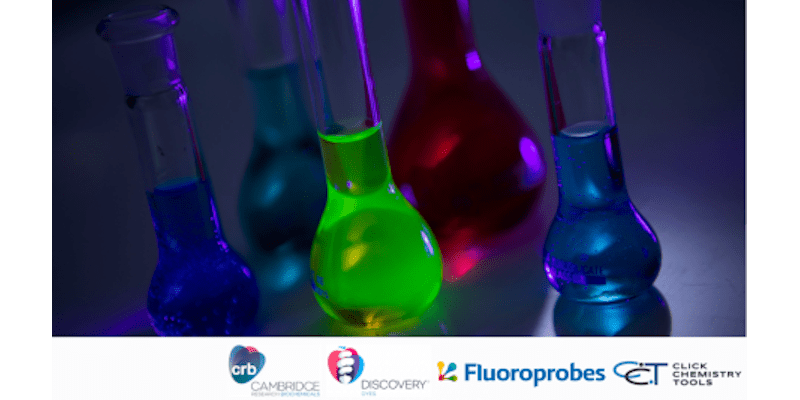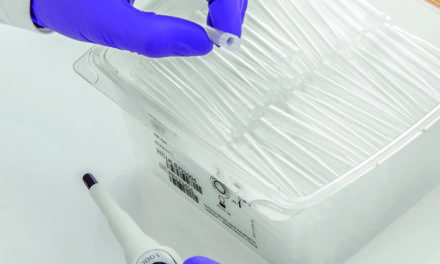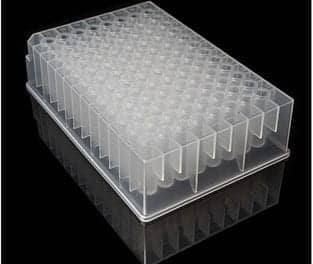Cleveland, UK-based peptide and antibody producer Cambridge Research Biochemicals (CRB) has signed a new distribution agreement with Fluoroprobes (FPL) and Click Chemistry Tools (CCT) to add FPL and CCT’s generic fluorescent activated dyes and click chemistry enabled click-reactive dyes to the company’s existing service portfolio. The distribution agreement grants CRB the rights to market and sell the generic and improved Alexa Fluor-based Discovery Dyes both as part of their custom services, and with their catalog peptide (Discovery Peptides) and antibody (Discovery Antibodies) services in the UK and Europe.
According to CRB, FPL and CCT’s dyes have improved chemistry compared to the Alexa Fluor dyes, resulting in increased solubility as well as incorporating “click” chemistry compatibility. The “click” reaction involves coupling of an alkyne functionality to an azide moiety in a rapid and straightforward reaction. This builds on the existing licensing agreement between CRB and the Scripps Research Institute to use the “click” chemistry system.
This agreement also affords CRB the increased flexibility to offer larger quantities of labeled peptides at a more affordable price, opening up more options for scale-up to a wider range of customers.
“We are very pleased to be able to offer this comprehensive range of generic and click reactive fluorescent dyes to our customers under this new distribution agreement,” says Emily Humphrys, Cambridge Research Biochemicals’ managing director. “This is an important agreement for CRB, further expanding our extensive range of activated fluorescent dyes available for labeling peptides and antibodies and enabling more cost-effective scale up of dye labeled Spectrum peptides to our customers”.
Andrei Polukhtin, Fluoroprobes managing director, adds, “We’re delighted to be partnering with Cambridge Research Biochemicals to market and sell our generic and click reactive dyes in the UK and European markets. With their extensive experience and expertise, CRB are a leader in providing dye labeled peptides to a wide range of customers and are thus ideally placed to market our dyes to the benefit of the research community.”
For more information, visit Cambridge Research Biochemicals.





